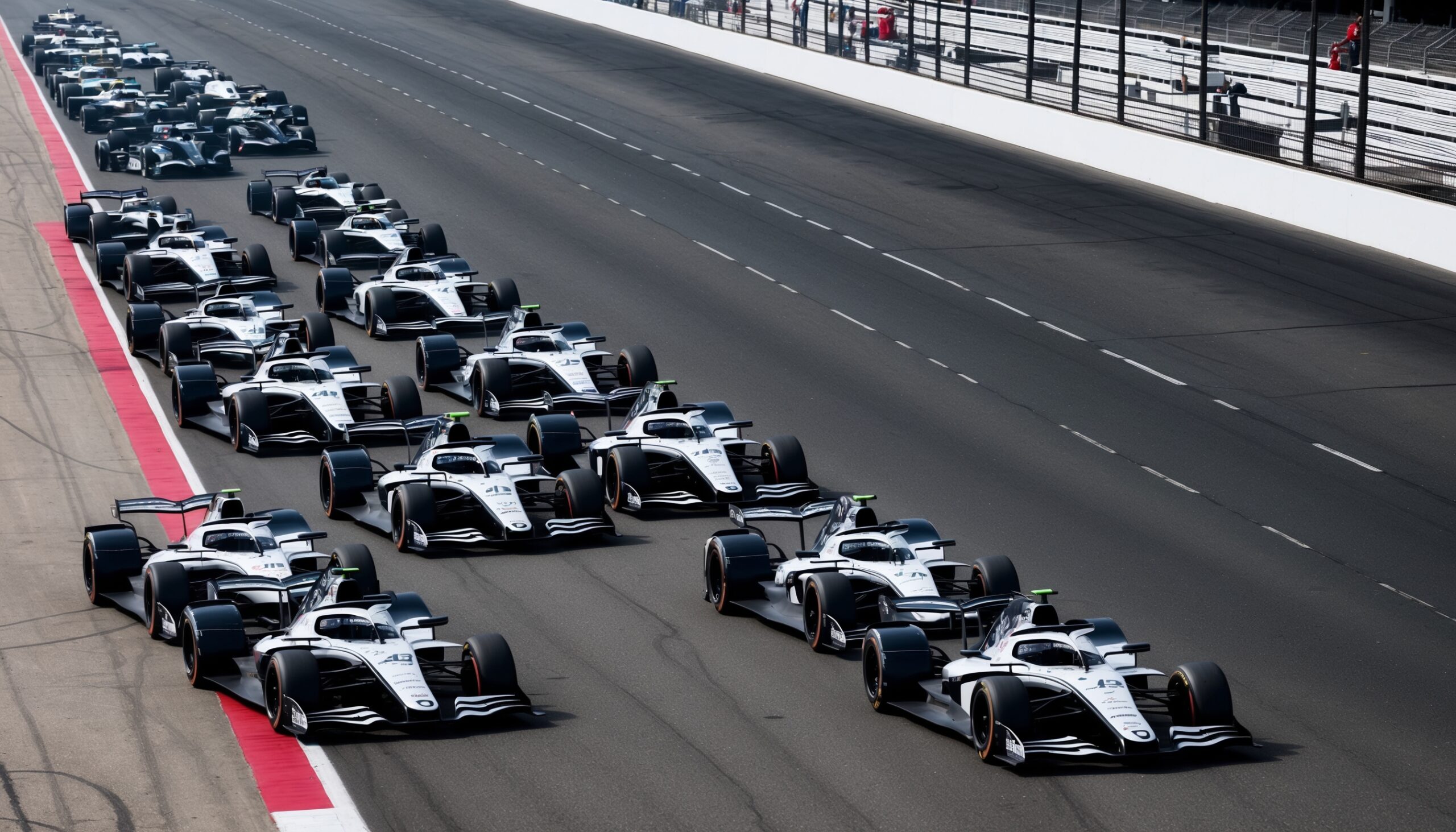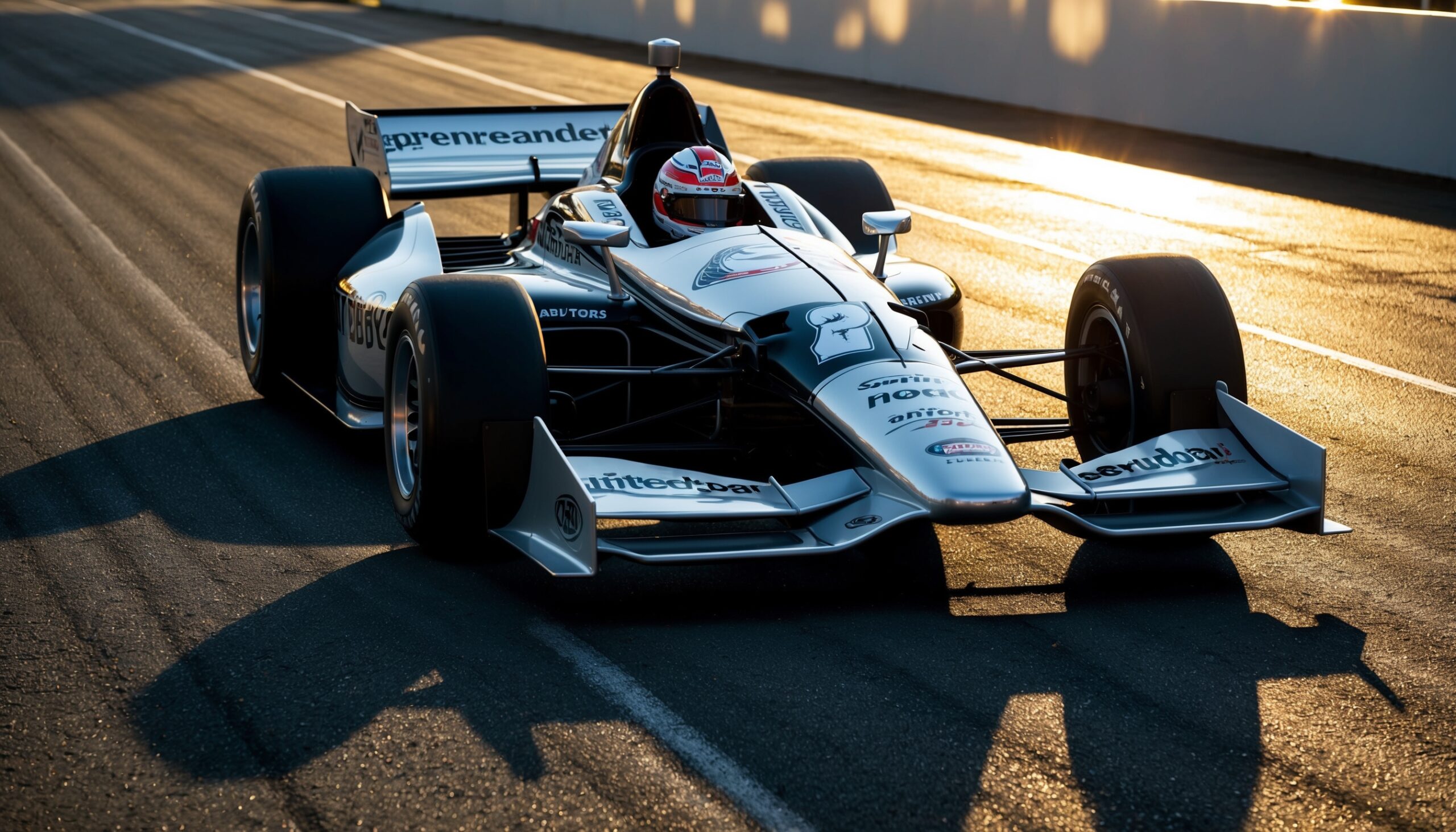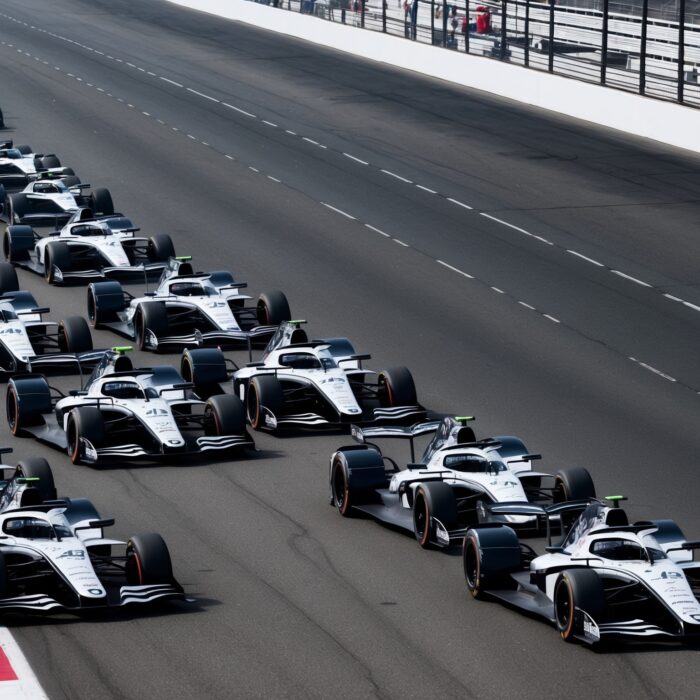This is what it takes to design an F1 trophy
Formula 1 is not just about speed, precision, and skill; it’s also a celebration of engineering excellence and artistry. At the heart of this prestigious sport lies the trophy that symbolically encapsulates victory, determination, and the relentless pursuit of greatness. Have you ever wondered what goes into designing an F1 trophy? Join us at Torque Feed as we take you behind the scenes of this fascinating process, revealing the intricate details and passionate craftsmanship that create these iconic awards.
The Legacy of F1 Trophies
The trophy is more than just a piece of silverware; it represents a rich history and tradition in motorsport. Each season, the trophy awarded to the winning driver holds a story, a legacy of past champions and their triumphs. The design of these trophies has evolved over the years, reflecting the changing aesthetics and values of the sport.
From the classic trophies of the early 20th century to the modern, sleek designs of today, each trophy has its own unique character. They embody the spirit of competition and the relentless drive for improvement that defines Formula 1. But what does it take to create such a distinguished piece of art? Let’s delve into the process!
The Initial Concept
The journey of an F1 trophy begins with the conception of the design. Designers often draw inspiration from various sources, including the history of the sport, the culture of the host country, and sometimes even the characteristics of the specific racetrack. This phase is all about brainstorming ideas and sketching out preliminary designs.
- Inspiration Sources:
- Historical references from previous trophies
- Cultural elements of the host nation
- Iconic symbols of speed and technology
- Sketching Ideas:
- Initial sketches to visualize concepts
- Collaboration with teams for feedback
- Refinement of ideas based on input
It’s essential during this phase to ensure that the trophy embodies the spirit of competition and resonates with fans and participants alike. This is where the vision starts to take shape, setting the stage for everything that follows.
Material Selection
Once the design is finalized, the next critical step is selecting the materials. F1 trophies are typically made from high-quality metals, such as silver, gold, or even stainless steel, ensuring they are both durable and visually stunning. The choice of material can dramatically affect the final look and feel of the trophy, as well as its weight and balance.
- Common Materials Used:
- Silver: A traditional choice that offers elegance.
- Gold: Often used for top-tier trophies, symbolizing victory.
- Stainless Steel: Provides durability and modern appeal.
- Glass or Crystal: Used for certain designs to add a unique touch.
Designers must carefully consider not only the aesthetics but also how the materials will interact over time. For instance, how will the trophy hold up against the wear and tear it may face as it travels from race to race? This consideration ensures that the trophy remains as magnificent in its appearance years later as it was on the day it was awarded.
3D Modeling and Prototyping
After selecting the materials, designers transition to creating a 3D model of the trophy. This step is crucial as it allows for a detailed examination of the design from all angles and helps in identifying any potential issues before moving on to manufacturing.
Using advanced CAD (Computer-Aided Design) software, designers can manipulate the model to ensure every curve and detail aligns perfectly with the original vision. This stage also includes:
- Virtual Simulations: Testing how the trophy will look and feel in reality.
- Feedback Loop: Inviting feedback from stakeholders, including F1 officials, to refine the design.
- Prototyping: Creating a physical prototype to assess the design’s practicality.
Prototyping is particularly exciting because it brings the design to life. However, it’s also a phase where adjustments are often made to improve balance, aesthetics, or functionality. The feedback received during this phase can lead to significant design tweaks that enhance the final product.

Craftsmanship and Manufacturing
With a finalized design and prototype in hand, the manufacturing process begins. This stage is where skilled artisans and craftsmen bring the trophy to life. Depending on the complexity of the design, different methods may be employed:
- Handcrafting: Many trophies feature intricate handwork, which adds a personal touch and uniqueness.
- Machining: Precision machining is often used for the base and major components to achieve an exact fit and finish.
- Finishing Techniques: Techniques like polishing, plating, or etching are applied to enhance the trophy’s appearance.
During this phase, quality control is paramount. Each trophy undergoes rigorous checks to ensure that it meets the high standards expected in Formula 1. Every detail, no matter how small, is scrutinized to ensure that the final product is nothing short of spectacular.
Personalization
One of the most exciting aspects of an F1 trophy is the opportunity for personalization. Once the trophy is completed, it’s time to engrave the winner’s name, the year, and any other relevant details. This step is not just about branding; it’s about commemorating a moment in time that will be cherished by the driver and their team for years to come.
- Engraving Techniques:
- Laser engraving for precision and clarity
- Hand engraving for a traditional touch
Each trophy becomes a unique piece of art that tells the story of a particular race and a champion’s journey. This personalization adds an emotional layer, transforming the trophy into a timeless keepsake that celebrates their hard work and tenacity.
Also Read: Why Amazon Trucks Make That Annoying Sound Backing Up
Unveiling the Trophy
Once the trophy is complete, the excitement builds as the unveiling approaches. Typically, the trophy will be showcased during the podium ceremony at the end of the race. This moment is dramatic; the anticipation, the cheers from fans, and the pride of the drivers create an electric atmosphere.
The trophy’s design plays a pivotal role in this moment. A well-crafted trophy stands out and shines under the lights, capturing the essence of victory. It’s not uncommon for the winning driver to hold the trophy aloft, basking in the glory of their achievement, and this is where the trophy truly becomes iconic.
The Impact of F1 Trophies
F1 trophies do not just sit on shelves; they carry significant weight in the hearts of drivers and fans alike. The design and craftsmanship involved in creating these trophies contribute to their impact. They symbolize hard work, determination, and the pinnacle of success in one of the most competitive sports in the world.
Moreover, these trophies often become a part of a driver’s legacy. Many champions have collections of trophies, each representing a pivotal moment in their careers. The design of the trophy can influence how it’s perceived, making it not only a reward but a part of the sport’s history.
The Future of F1 Trophy Design
As technology and design philosophies evolve, so too will the trophies awarded in Formula 1. Designers are continually looking for innovative ways to push boundaries and create trophies that resonate with both the sport’s history and its future. Sustainability, for example, is becoming a critical factor in modern trophy design.
Recyclable materials and eco-friendly production methods are gaining traction, reflecting the sport’s commitment to sustainability. This shift could lead to exciting new designs that not only look incredible but also tread lightly on the planet.
Final Thoughts
The process of designing an F1 trophy is a remarkable blend of artistry, engineering, and tradition. Each trophy tells a story, representing not just a win but a celebration of the passion and dedication that drives Formula 1. From the initial concept to the final unveiling, the journey is filled with creativity and craftsmanship, making each trophy a masterpiece in its own right.
At Torque Feed, we admire the dedication that goes into every aspect of motorsport, including the creation of these trophies. They remind us that while racing is about speed and precision, it’s also about honoring the spirit of competition and the achievements of those who dare to dream big.
Also Read: Why Amazon Trucks Make That Annoying Sound Backing Up












